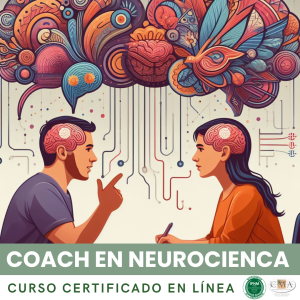
Laughter is a fantastic social lubricant that facilitates interpersonal relationships and improves the quality of communication. When we laugh with someone, we instantly create a positive emotional connection, a feeling of complicity and closeness. Laughter helps us break the ice, overcome our differences and quickly establish an atmosphere of trust and mutual benevolence.
Social psychology research has shown that laughter is a powerful tool for emotional synchronization. When we laugh together, our heart and respiratory rates coordinate, our facial expressions and body postures mirror each other. This physical synchronization fosters empathy, mutual understanding and a sense of belonging to a group. Laughing together is vibrating in unison, weaving invisible but powerful bonds.
Laughter is also a wonderful tool for non-verbal communication. A smile, a mischievous look, a shared burst of laughter… All subtle signals that convey sympathy, complicity, mutual recognition. Laughter enables us to communicate our emotions in an authentic and contagious way, share our joy of living with those around us. It’s a universal language that transcends cultural, generational and hierarchical barriers.
In romantic relationships, laughter is a powerful emotional binder that strengthens romantic complicity. Couples who laugh together regularly report greater marital satisfaction, better conflict resolution and greater resilience in the face of life’s ups and downs. Laughing together is cultivating tenderness and lightness within the relationship, it’s reminding that love is a game and a continual marvel.
At work, laughter is a valuable tool for team cohesion and leadership. Managers who use humor appropriately are perceived as more competent, more confident and more charismatic. They know how to ease the atmosphere, defuse tensions and stimulate the creativity of their employees. Teams that laugh together are more united, more motivated and more efficient. They cultivate a positive and caring spirit, conducive to cooperation and mutual aid.
Laughter is also a phenomenal educational tool that enhances memory, attention and the engagement of learners. Teachers who incorporate humor into their classes are perceived as more engaging, more approachable and more competent. They can capture the interest of their audience, illustrate their points in a memorable way and create a relaxed and participatory atmosphere. Laughing while learning is associating pleasure with effort, it’s permanently anchoring knowledge in a positive emotional context.
Finally, laughter is a wonderful diplomatic tool that can help ease conflicts and reconcile opposing views. In tense negotiations, a touch of humor can ease the atmosphere, refocus the debate on the essentials and open the way for constructive compromises. As Winston Churchill said: “Tact is the ability to tell someone to go to hell in such a way that they look forward to the trip”. Laughter, used tactfully and kindly, can turn enemies into partners, rivalries into complicity.
By cultivating laughter in our relationships and communications, we become weavers of bonds, catalysts for good humor and joyful cooperation. We create spaces of conviviality and mutual celebration, where everyone feels recognized, valued, connected. We become inspiring and caring leaders, capable of rallying energy around a common, exciting vision. As Charlie Chaplin summed it up so well: “A day without laughter is a day wasted”. So, let’s not waste a minute, and cultivate the precious art of laughing together!
Key takeaways:
1. Laughter is a powerful social lubricant that facilitates interpersonal relationships and improves the quality of communication.
2. Laughing together creates a positive emotional connection, a feeling of complicity and closeness, helping to break the ice and establish a climate of trust.
3. Laughter synchronizes emotions, heart and respiratory rates, fostering empathy, mutual understanding, and a sense of belonging.
4. It’s a non-verbal communication tool that authentically and contagiously conveys sympathy, complicity, and mutual recognition.
5. In romantic relationships, laughter strengthens romantic complicity, marital satisfaction, conflict resolution, and resilience.
6. At work, managers using humor are perceived as more competent, confident, and charismatic, fostering team cohesion, motivation, and performance.
7. Laughter is an educational tool that enhances memorization, attention, and learner engagement, making teachers more engaging and approachable.
8. In conflict situations, laughter can ease tensions, refocus the debate, and pave the way for constructive compromises.
9. By cultivating laughter in our relationships and communications, we become bond weavers, catalysts of good humor, and joyful cooperation.
👉 To download docx (Editable) file click here : Click here
👉 To download PDF file click here : Click here
👉 To download MP3 file click here : Click here





